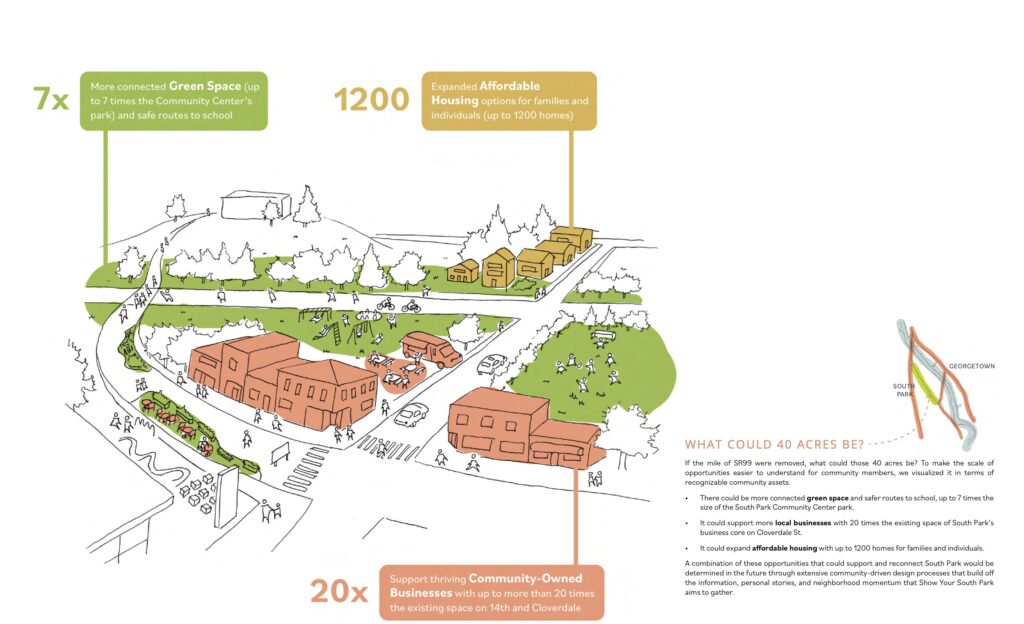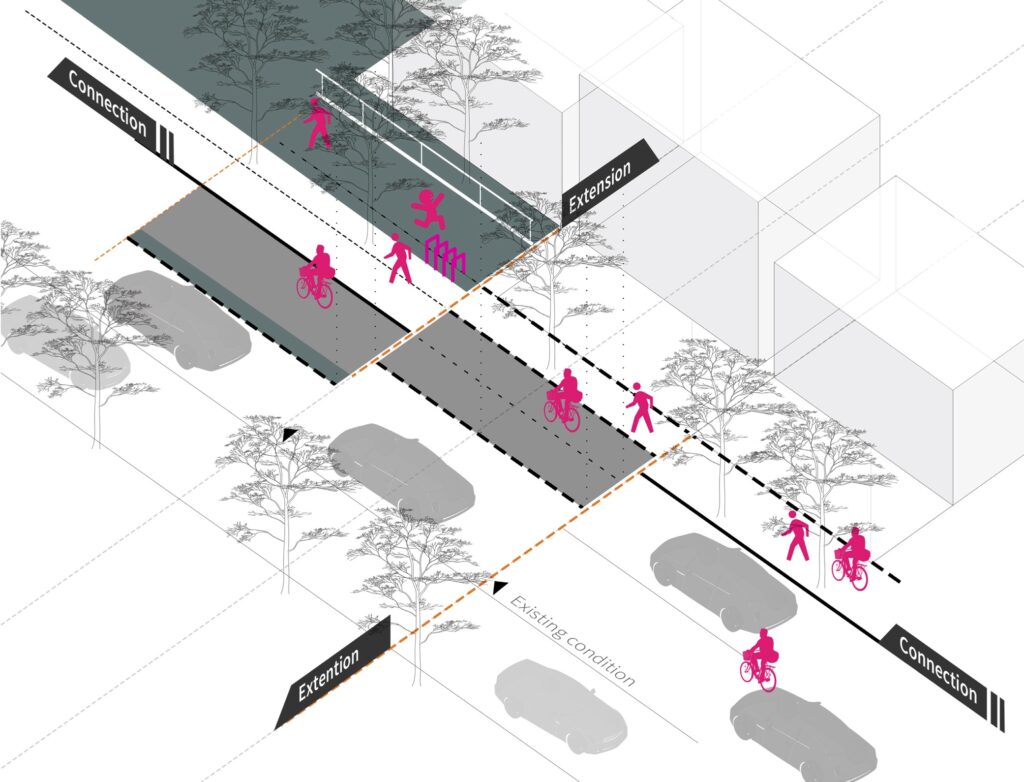GENERATIVE INFRASTRUCTURES
CATALYTIC LANDSCAPES
EMERGENT NARRATIVES
SPECULATIONS FOR SEATTLE’S SOUTH PARK COMMUNITY
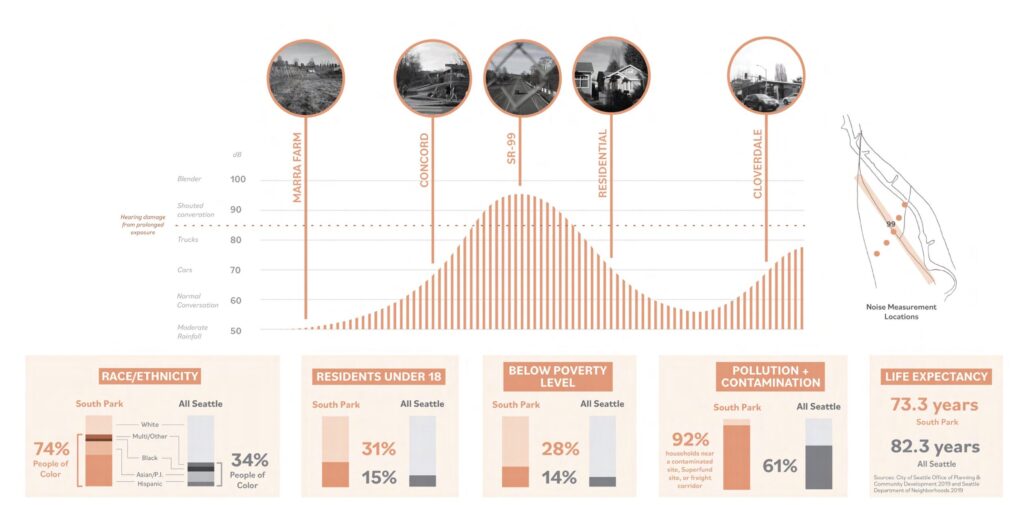
Challenge
Climate change, social injustice, dwindling public funds, industrial contamination, and population growth
and migration task the built environment, and particularly public landscapes with addressing an
expanding range of physical, cultural, and infrastructural demands. This mandates
a fundamental shift from public landscapes as a collection of discrete properties with limited ability for
resilience and agency to the reconfiguration of public landscapes as nimble, flexible, and sustaining
urban systems. To realize this, public lands must be reconceived as generative infrastructures acting
across catalytic landscapes revealing emergent, alternative narratives.
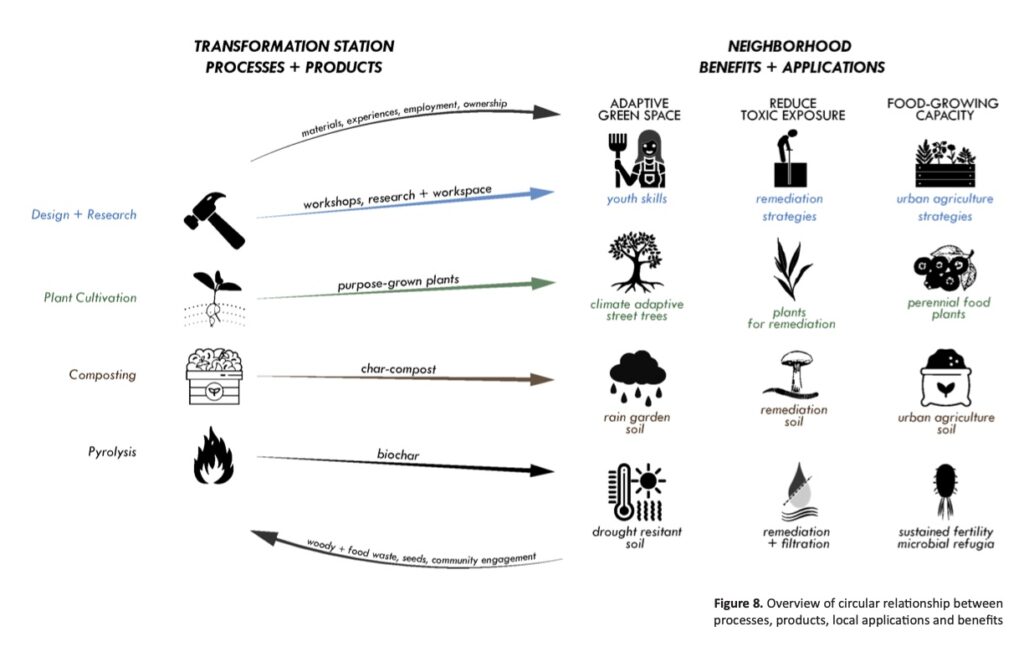
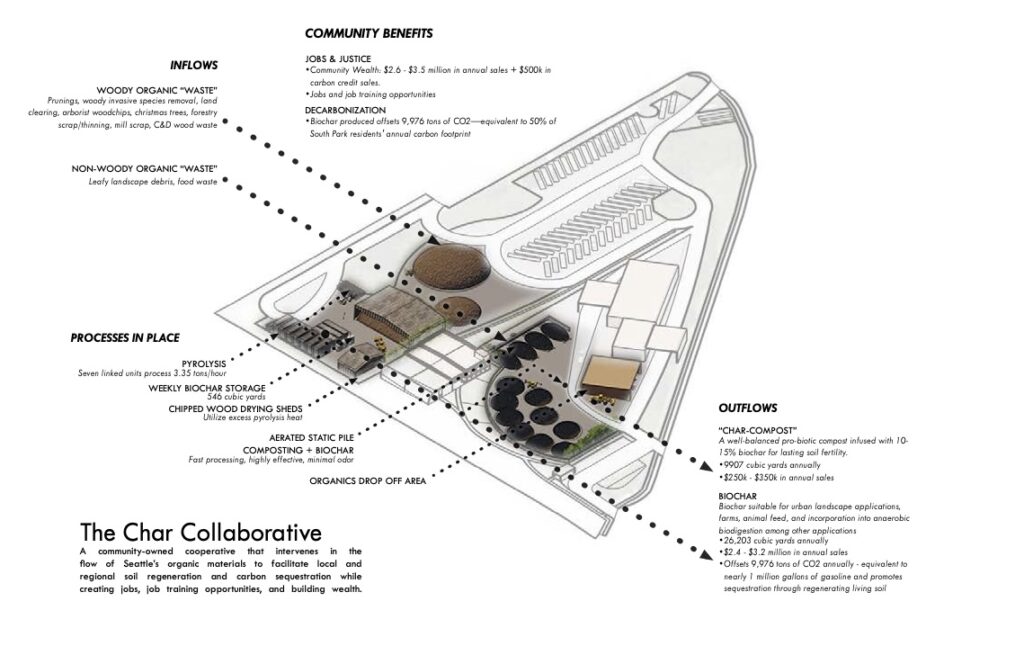 REFUSE | INFUSE by Cyrus Deloye and Justin Roberts
REFUSE | INFUSE by Cyrus Deloye and Justin Roberts
Intent
The capstone studio’s work will concentrate on speculative thinking and design research within an urban
context. As a capstone studio, based on their research and interests, students will determine their specific focus of exploration, the principal scale of their investigation, and site for their design interventions as they consider the potential of public landscape
systems to respond to conditions of climate change, environmental justice, community wealth building
and displacement. Students will consider potential futures through the development of possible future
scenarios. The scenarios will be used to both “ground truth” ideas of policy and implementation and
conversely to inspire what policies and implementation models are needed to create the scenario. The
scenarios will serve as a flexible mechanism for exploration across time (near and distant futures), space
(site, neighborhood, city, region) and agency (community member, designers, city, state).
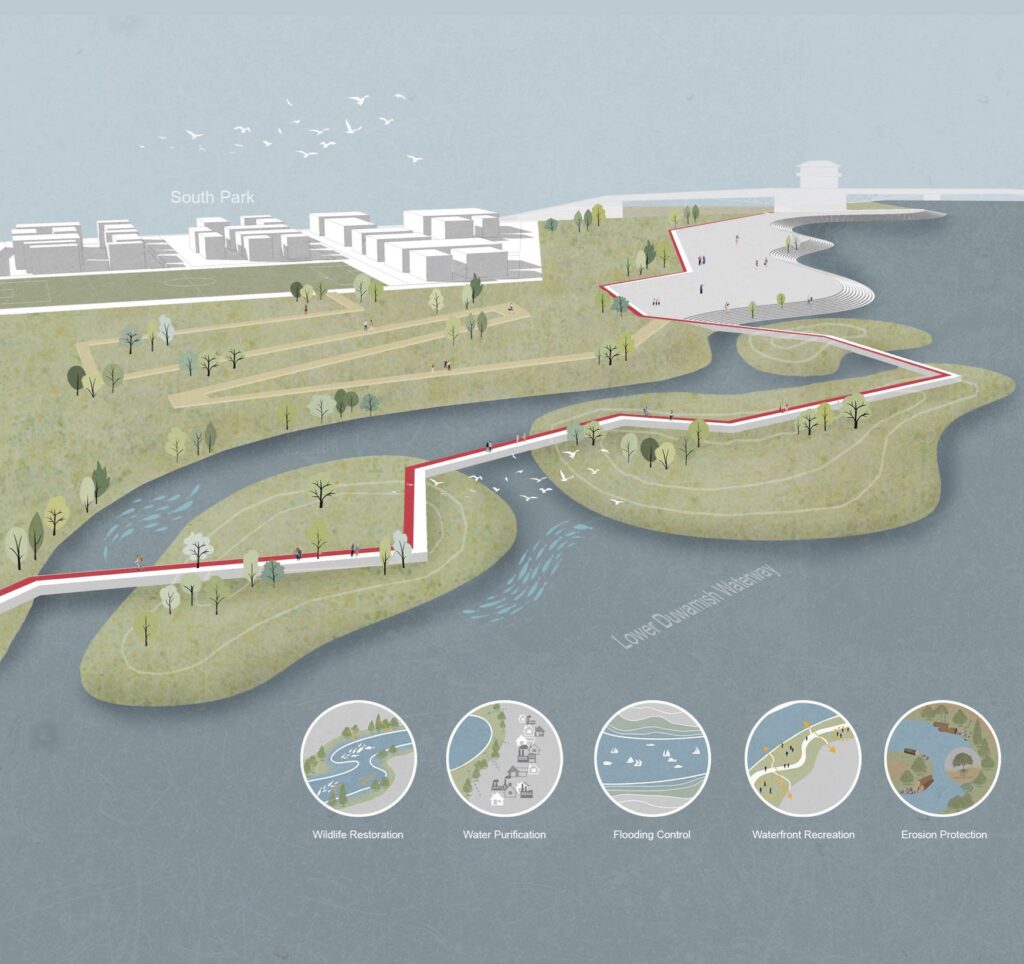
Sites
The studio will explore urban public landscapes across scales – the region, the city, the neighborhood and
the site. We will focus on the South Park neighborhood in Seattle. Objectively, South Park’s defining
characteristics are similar to other under resourced urban neighborhoods: its population is diverse and
predominantly indigenous and people of color; almost a third of its population lives below the poverty
line; it is facing increasing pressures of displacement and gentrification; it suffers from noise, air, and
water pollution – the legacy of the adjacent Duwamish Waterway (aka a 5.5 mile long Superfund site),
active industrial businesses and a state highway that bisects the community; and the typical life
expectancy is lower than any other neighborhood of Seattle. South Park’s literal ground is tenuous, being
part of the former Duwamish River’s tidal flats, and is at risk of flooding from increasingly more frequent
and intense storm surges and sea level rise.

Outcomes
A goal of the studio is exploring the role designers (and the College) in collaboration with communities should play
envisioning and planning for Seattle’s near and distant futures. Listening to, learning from, and engaging
with current conversations about our city with its officials is fundamental to leveraging landscape architecture in
configuring the city we want to inhabit.
